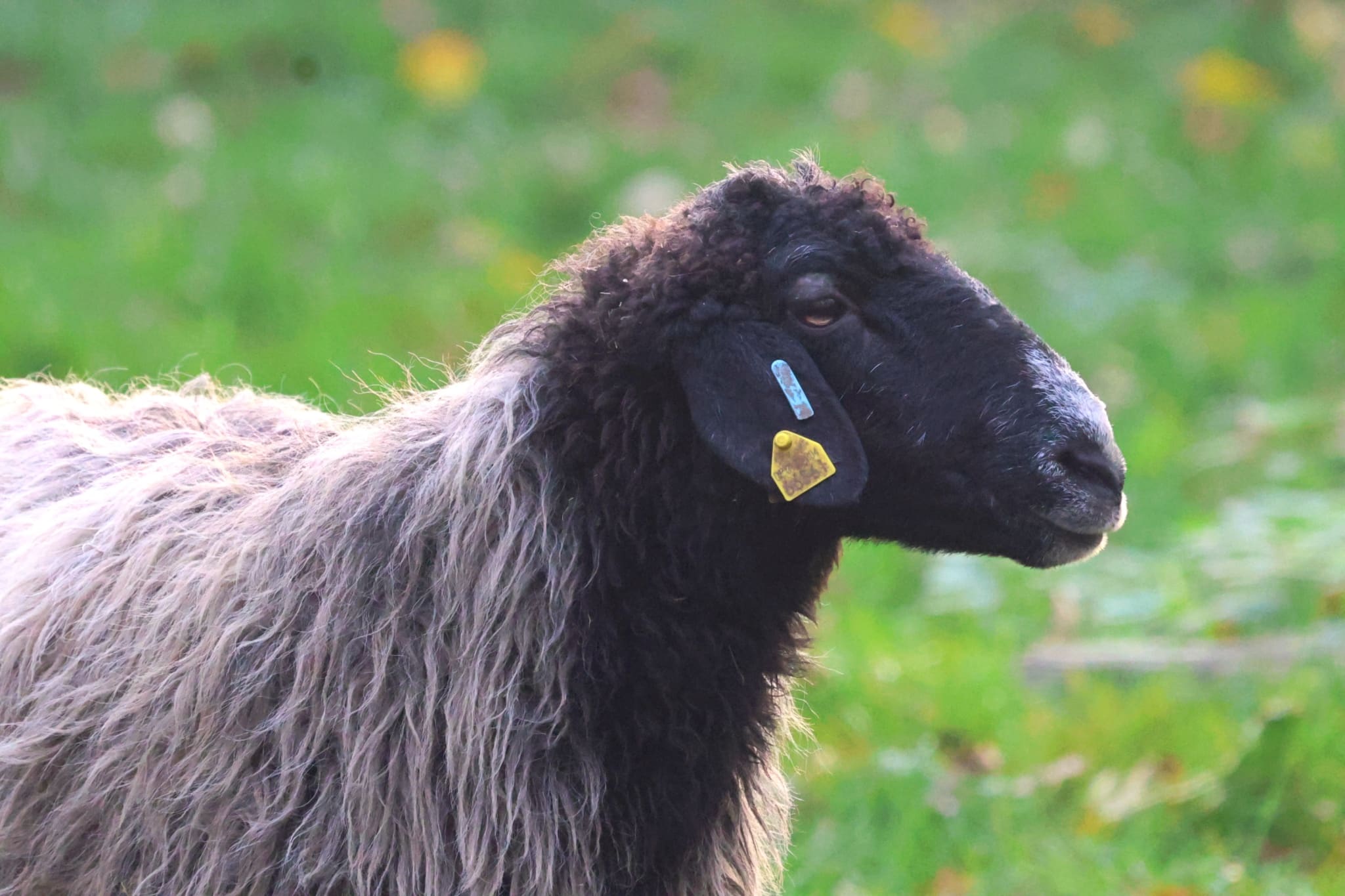German Karakul Sheep – A endangered breed from Central Asia
Discover the journey of the German Karakul sheep from Central Asia, its historical significance and the ongoing efforts to preserve this breed.
A visit to the Dessau Zoo in Germany can sometimes lead to unexpected discoveries. This was the case when we came across the German Karakul sheep – a fascinating breed with a rich history. Curious to learn more, we set out to uncover how this resilient sheep made its way from Central Asia to Central Europe and why it is now nearly extinct in Germany.
The Journey of the Karakul Sheep to Germany
The Karakul sheep originates from Central Asia, particularly from Uzbekistan, Turkmenistan, Tajikistan, and Kazakhstan, where it has been bred for centuries for its meat and its high-quality fleece, especially the prized “Persian lamb fur.” In the early 20th century, German scientists recognized the economic potential of this breed. The University of Halle/Saale played a crucial role in introducing the Karakul sheep to Germany.
Under the leadership of German agricultural scientist and Professor of Agriculture at the University of Halle/Saale Julius Kühn and the support of the fur trader German Paul Thorer from Leipzig, the first Karakul sheep, four bucks and 28 dams, were brought from Buchara in today’s Uzbekistan to Germany. These pioneers saw the breed as a valuable asset for local agriculture, particularly for the production of Persian lamb furs, which were highly sought after in the fashion industry. Through targeted breeding programs, the population of the German Karakul sheep grew to approximately 10,000 animals by 1936.
The Decline of a Once-Popular Breed
However, success was short-lived. With World War II and changing economic conditions, interest in Karakul sheep breeding in Germany declined significantly. In the post-war years, Persian lamb furs lost their importance, and the breeding of Karakul sheep was neglected. Additionally, stricter animal welfare regulations and shifting fashion trends further reduced demand for Persian lamb fur.
As a result, the population shrank drastically, and today, only about 300 German Karakul sheep remain in the country. The breed is now considered one of the most endangered domestic animal breeds in Germany.
Hopes for the Preservation of the Breed
Although the numbers have dwindled, efforts are being made to preserve this historic breed. Some breeders and conservation organizations are actively working to maintain the Karakul sheep population. Their focus is not only on economic viability but also on preserving genetic diversity and traditional livestock breeds.
Our visit to the Dessau Zoo in Germany showed us that the German Karakul sheep is not just a piece of German agricultural history but also a connecting chain between Europe and Central Asia. We hope with the targeted conservation programs and greater awareness, there may still be hope to save this remarkable breed from complete extinction.
Learn more about the sheep with its origins in Central Asia:



